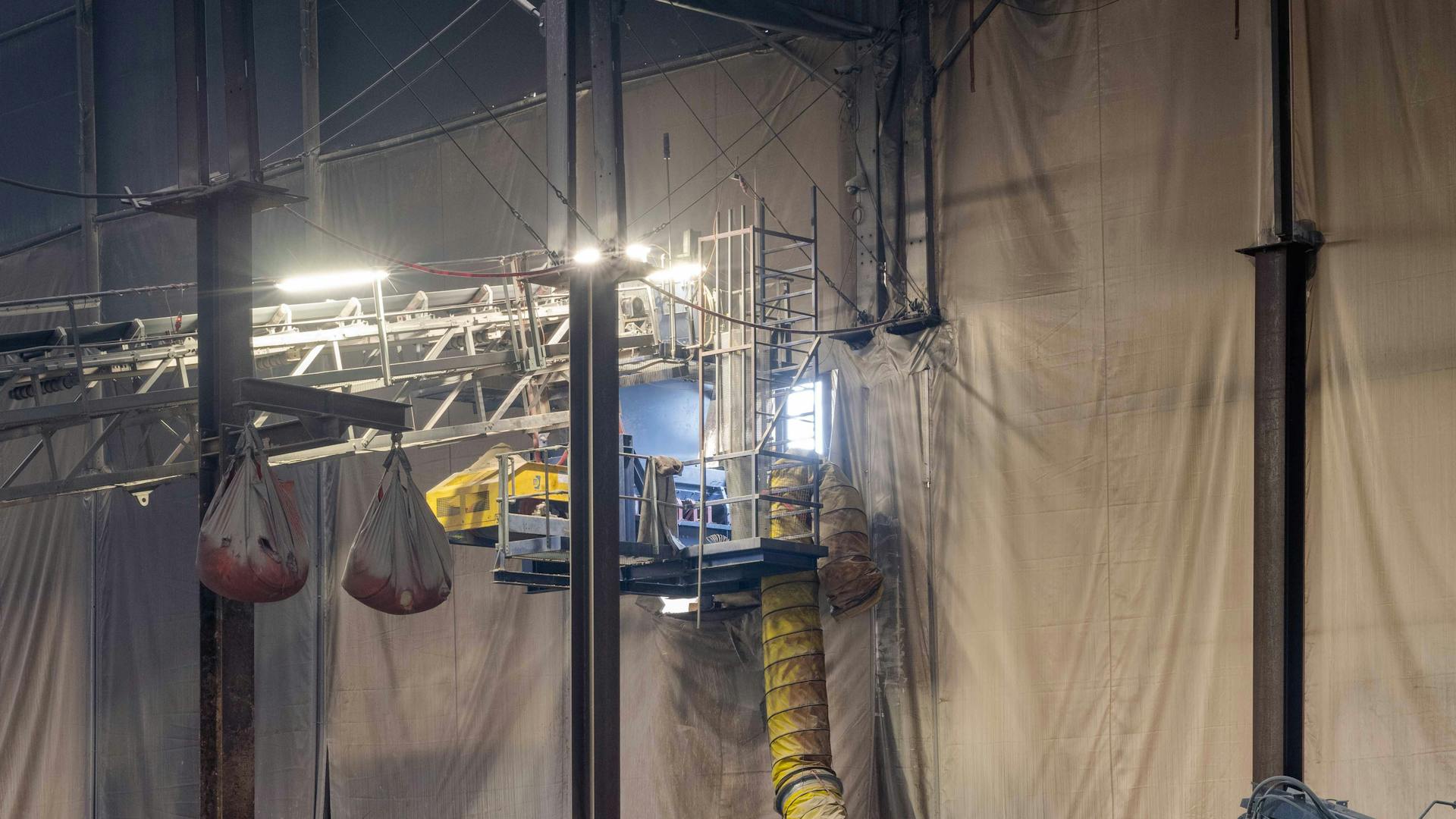
Science
00
Identifying areas for improvement
The project team conducted an assessment of the odor situation to identify areas for improvement to enable work to resume. Financial and personnel resources were increased, a new remediation company was selected, and communication with authorities and the community was strengthened.
Text by Linda Bergsten, illustration by Ikonaut, photos by Gregory Collavini


Share
Live Magazine
This site is intended for a global audience.

Share

